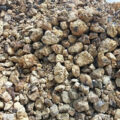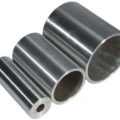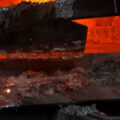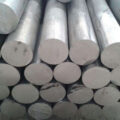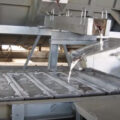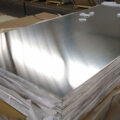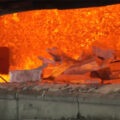After aluminum ingots enter industrial applications, they can be divided into two categories: cast aluminum alloys and deformed aluminum alloys. Aluminum castings and aluminum alloys are aluminum castings produced by casting methods. Deformed aluminum and aluminum alloys are processed products of aluminum produced by pressure processing methods: plates, strips, foils, tubes, rods, profiles, wires and forgings. Aluminum ingots are divided into three categories according to their composition: remelted aluminum ingots, high-purity aluminum ingots and aluminum alloy ingots. According to their shape and size, they can be divided into bar ingots, round ingots, plate ingots and T-shaped ingots.
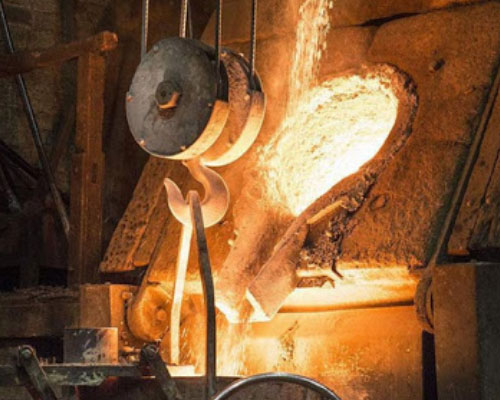
In the cast aluminum alloys casting process, many machines are needed, such as degassing device, CFF device, foam ceramic filter, washing tank, refining agent, etc.
The production of aluminum ingots consists of bauxite mining, alumina production, aluminum electrolysis and other production links.
Firstly, bauxite is mined, bauxite powder is produced through washing, grinding and other processes, and then alumina is obtained through four complex processes (such as roasting). There are three main types of alumina that produce bauxite: gibbsite, a type of bauxite and boehmite monohydrate. Of the proven bauxite reserves in the world, 92% are weathered laterite bauxite, belonging to the gibbsite type. These bauxites are characterized by low silicon content, high iron content, and high aluminum silicon content. Mainly concentrated in West Africa, Oceania and the central and southern United States. The remaining 8% is sedimentary bauxite, which is of boehmite and aluminized type, with medium and low grades, mainly distributed in Greece, the former Yugoslavia and Hungary.
Due to the different characteristics of these three types of bauxite, alumina manufacturers have adopted different production processes, mainly including Bayer method, soda lime sintering method and Bayer sintering method.
Generally, high-grade bauxite is produced by the Bayer method, and low-grade bauxite is produced by the combination method or the sintering method. The Bayer process has become the most important method for alumina production due to its simple process and low energy consumption. Its output accounts for about 95% of the global alumina production. Alumina electrolyzes aluminum metal under the action of strong current. This process is called electrolytic aluminum.

